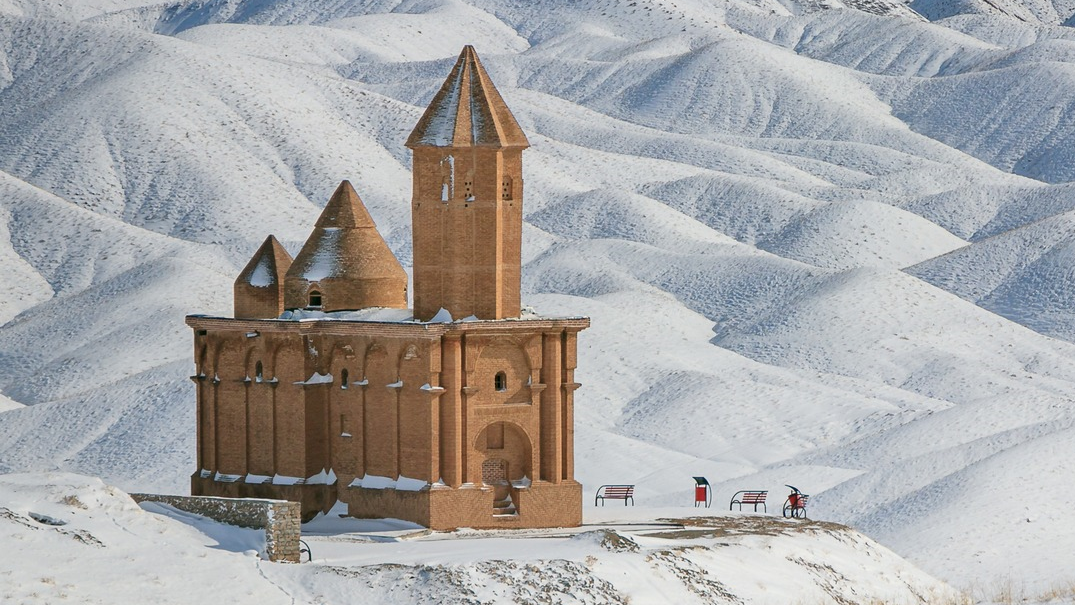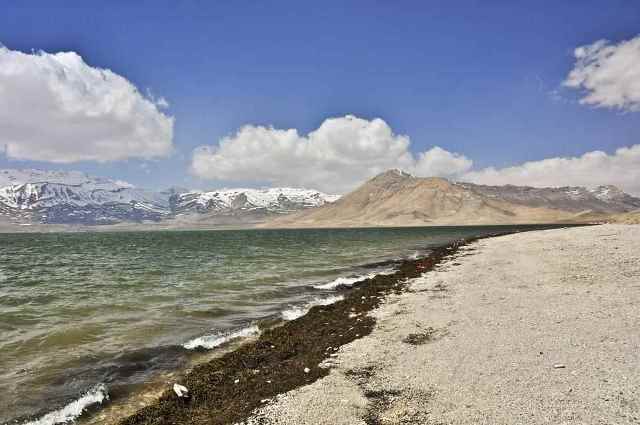
Fossil Site of Maragheh
Maragheh is one of the big cities of East Azarbaijan Province of Iran and the second most populated city of this province. Being the capital of Iran in some historical eras, quite a number of interesting historical monuments had been built in this city. However, Maragheh is not merely famous for its historical monuments, but there is an area on the outskirts of this city, which is known as the “Fossil Site of Maragheh”. This area is about 40 thousand hectares large and despite the many excavations that have taken place, it still has many unrevealed secrets and can be considered as having a great capacity for paleontological research.
There are, of course, other fossil sites in Iran, which spread over a large part of its territory. The northern, northeastern, and northwestern regions of Iran are the most noteworthy regions where fossils have been formed. From all the evidence obtained, it is concluded that herbivores and mammals lived throughout the northern half of today's Iran; the animals, many of which do not exist anymore.
Features of the Fossil Site of Maragheh
The fossils found in the Fossil Site of Maragheh mostly belong to the vertebrates of seven to 12 million years ago and the end of the geological period. The high density of fossils in this area has caused it to be called “the fossil paradise of Iran”. From this point of view, the Fossil Site of Maragheh is known worldwide and is considered one of the five important fossil regions of the world.
The Fossil Site of Maragheh is located in the south of the Sahand Mountains and its borders continue to Tabriz, Mianeh, Varzeqan, and Bostanabad. Out of the 40 thousand hectares of the region, 1026 hectares have been declared as the protected area of the Fossil Site of Maragheh, and all activities for the exploration, preservation, and extraction of vertebrate fossils are carried out under the supervision of Iran’s Department of Environment.
Accumulation of river, marsh, lake, and floodplain sediments is one of the main factors for the existence of many fossils in this region. Based on the type of fossils obtained, scientists believe that the African Savanna collection is quite similar to the fossil collection of the Fossil Site of Maragheh.
Excavations in the Fossil Site of Maragheh
Many excavations have been carried out in this area by Iranian and foreign paleontologists and geologists, the first of which dates back to about 170 years ago, when the Russians discovered some fossils in this area, for the first time, and realized its high value. Thereafter, researchers from Austria, England, America, France, Finland, China, and Japan have conducted research in this region.
One of the most extensive excavations in the region was made between 1974 and 1976 AD by a group from the Los Angeles Museum of Natural History and the American National Museum of Natural History. By digging in this area and conducting research, they discovered remains from 11 to five million years ago (late Miocene to early Pliocene).
Fossils Found in Maragheh
Since Maragheh did not have the required museum facilities to store the obtained fossils, most of the discoveries have been taken to the paleontology museums of other countries. According to the announcement of local officials, more than 2600 pieces of fossils had been obtained from this area by 2022, among which fossils of animals such as elephants, giraffes, rhinoceros, deer, saber-toothed cats, ponies, and some dinosaurs can be seen. These animals were among the inhabitants of steppe and grassland ecosystems, where different types of antelopes and bovidae existed.
What has made the Fossil Site of Maragheh world famous is the discovery of fossilized mastodon ivory, upper jaws of rhinoceros, skulls of carnivores, teeth, and jaws of horses, jaws of giraffes, and fossil teeth of a Homo erectus, which may have lived in this region a million years ago. Two unique species of horses have also been discovered in this region.
Due to the discovery of all kinds of fossils related to mammals from 11 to five million years ago, the Fossil Site of Maragheh has been called the fossil paradise of Iran.
| Name | Fossil Site of Maragheh |
| Country | Iran |
| State | East Azerbaijan |
| City | Maragheh |
| Type | Historical |
| Registration | No registration |
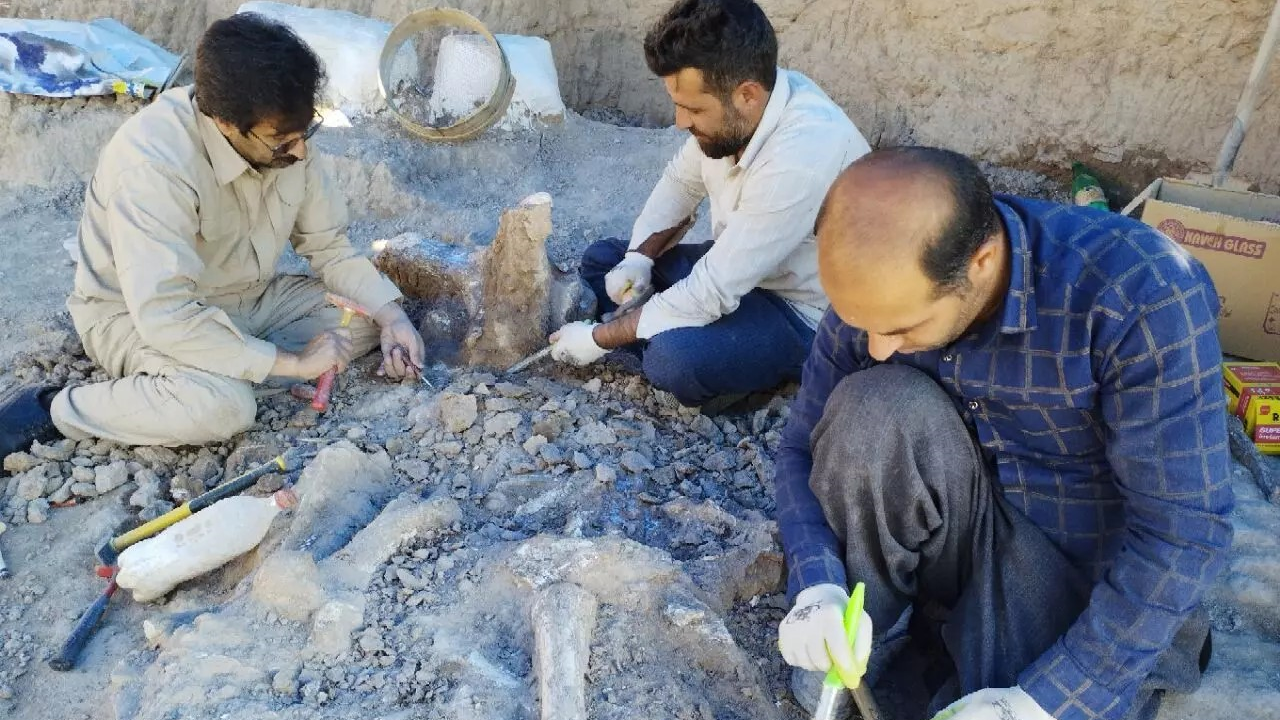
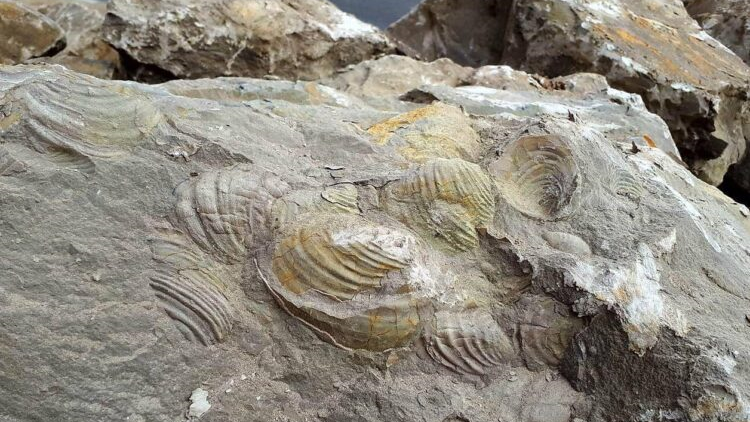




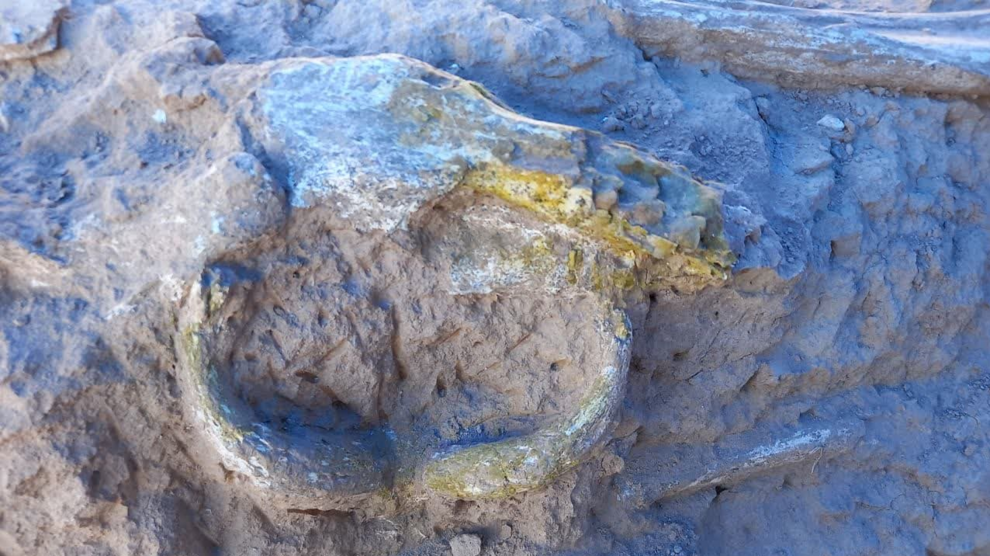









Choose blindless
Red blindless Green blindless Blue blindless Red hard to see Green hard to see Blue hard to see Monochrome Special MonochromeFont size change:
Change word spacing:
Change line height:
Change mouse type:
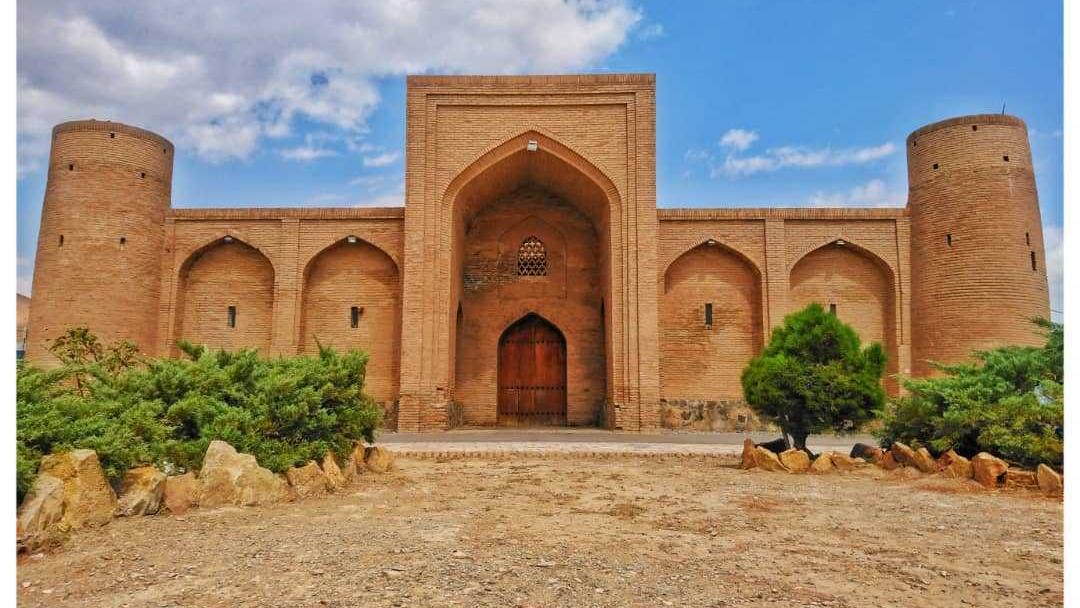

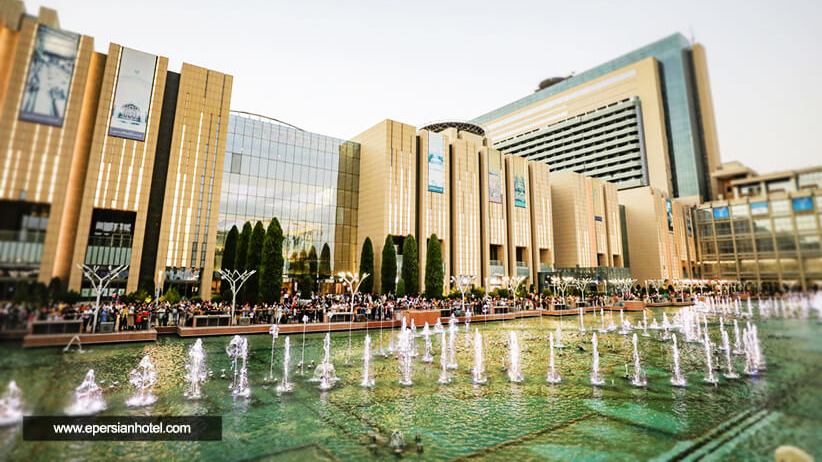

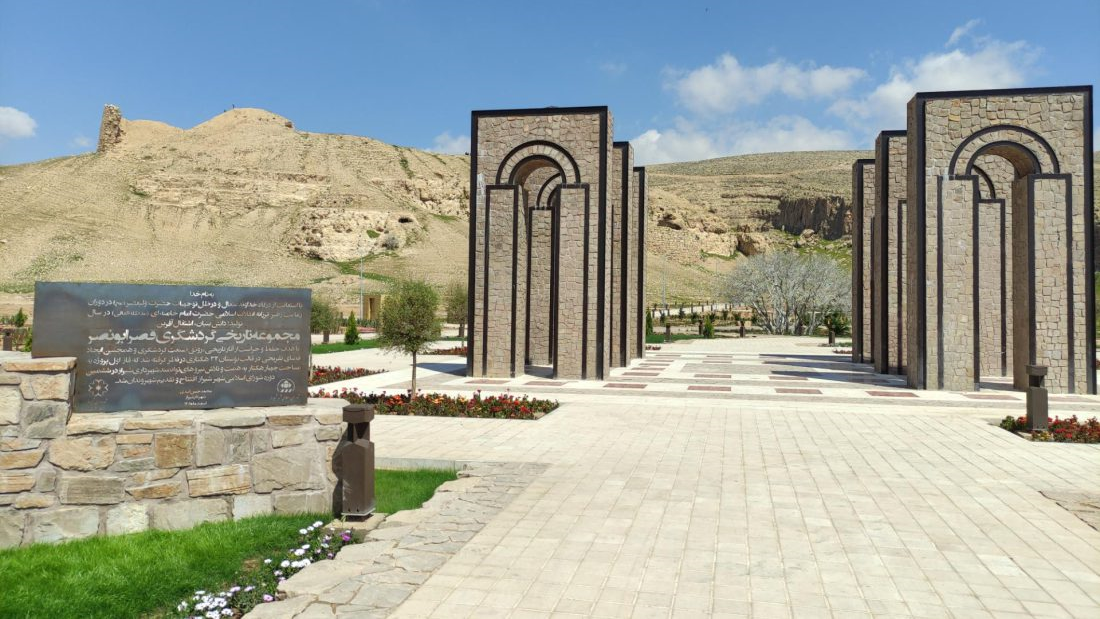
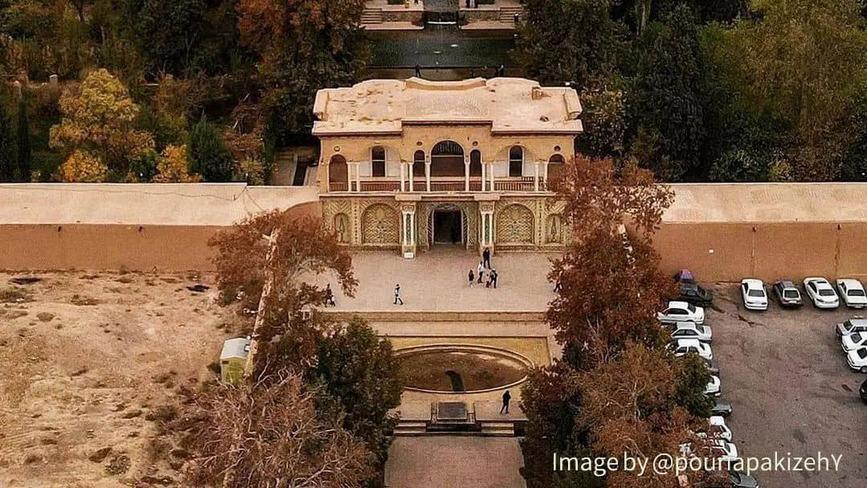

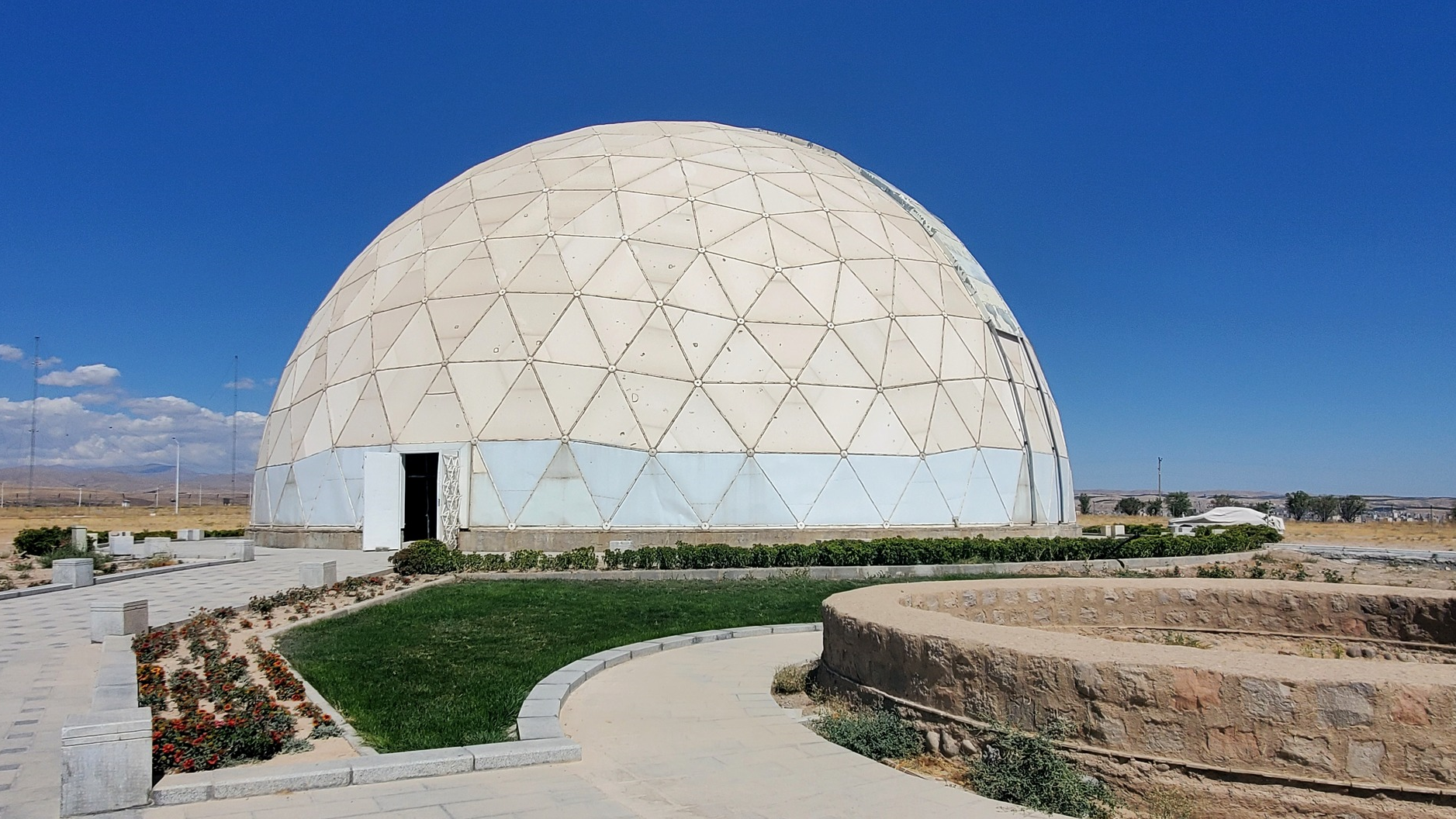
 در جنوب میدان نقش جهان واقع است_crop_1.jpg)
